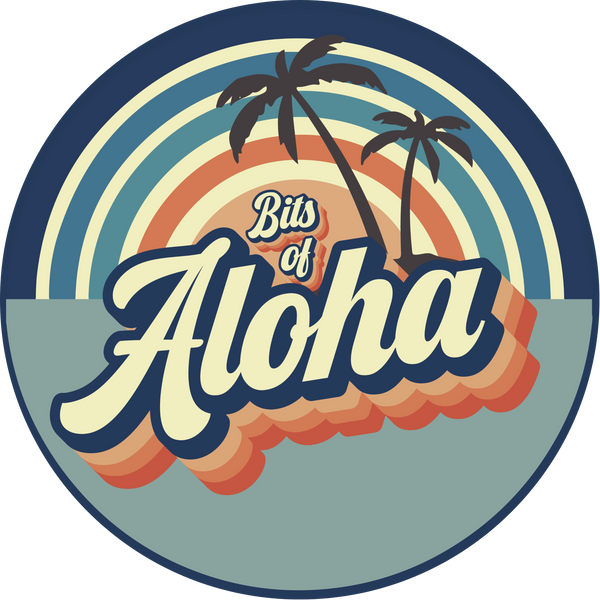
POG Juice Timeline: From Maui to Pop Culture
Share
POG stands for Passionfruit-Orange-Guava, a sweet and tangy juice blend that became a staple in Hawaiʻi homes, schools, and lunch counters. The juice’s balance of tart passionfruit, citrusy orange, and floral guava makes it a uniquely Hawaiian creation, reflecting the islands’ abundance of tropical fruits and multicultural culinary influences.
But when was POG created and when did it grow in popularity? As an addendum to our article about the origins of POG, here is a brief timeline of POGs history and how it grew over time:

1971 – The Invention of POG
- Mary Soon, a food product consultant for Haleakala Dairy on Maui, creates the blend of passionfruit, orange, and guava juice.
- Packaged in cartons, POG quickly becomes a local favorite in Hawaiʻi homes and schools.
1970s–1980s – Household Staple
- POG juice gains popularity across the islands as a go-to breakfast drink.
- Its colorful packaging and fruity flavor cement its status as a symbol of island childhood.
Early 1990s – The Birth of “Pogs”
- Maui teacher Blossom Galbiso revives the milkcap game in her classroom using POG caps.
- The game spreads quickly through Hawaiʻi schools before becoming a global toy craze, with official pogs and slammers.
1990s – Hawaiian Airlines Tradition Begins
- Hawaiian Airlines introduces POG juice on flights, giving visitors a “taste of aloha” in the sky.
- It becomes one of the most recognized and loved inflight beverages.
2000s–Today – Enduring Icon
- Though Haleakala Dairy closes, POG continues to be made by other juice companies.
- Hawaiian Airlines still serves POG, connecting generations of travelers to Hawaiʻi’s flavors.
- Collectors prize vintage POG cartons and pogs memorabilia, while new generations sip the juice with nostalgia and aloha.
Bits of Aloha has created a fun and vibrant line of POG juice-inspired apparel; from hats to tees, check out the collection by clicking on these links below:
